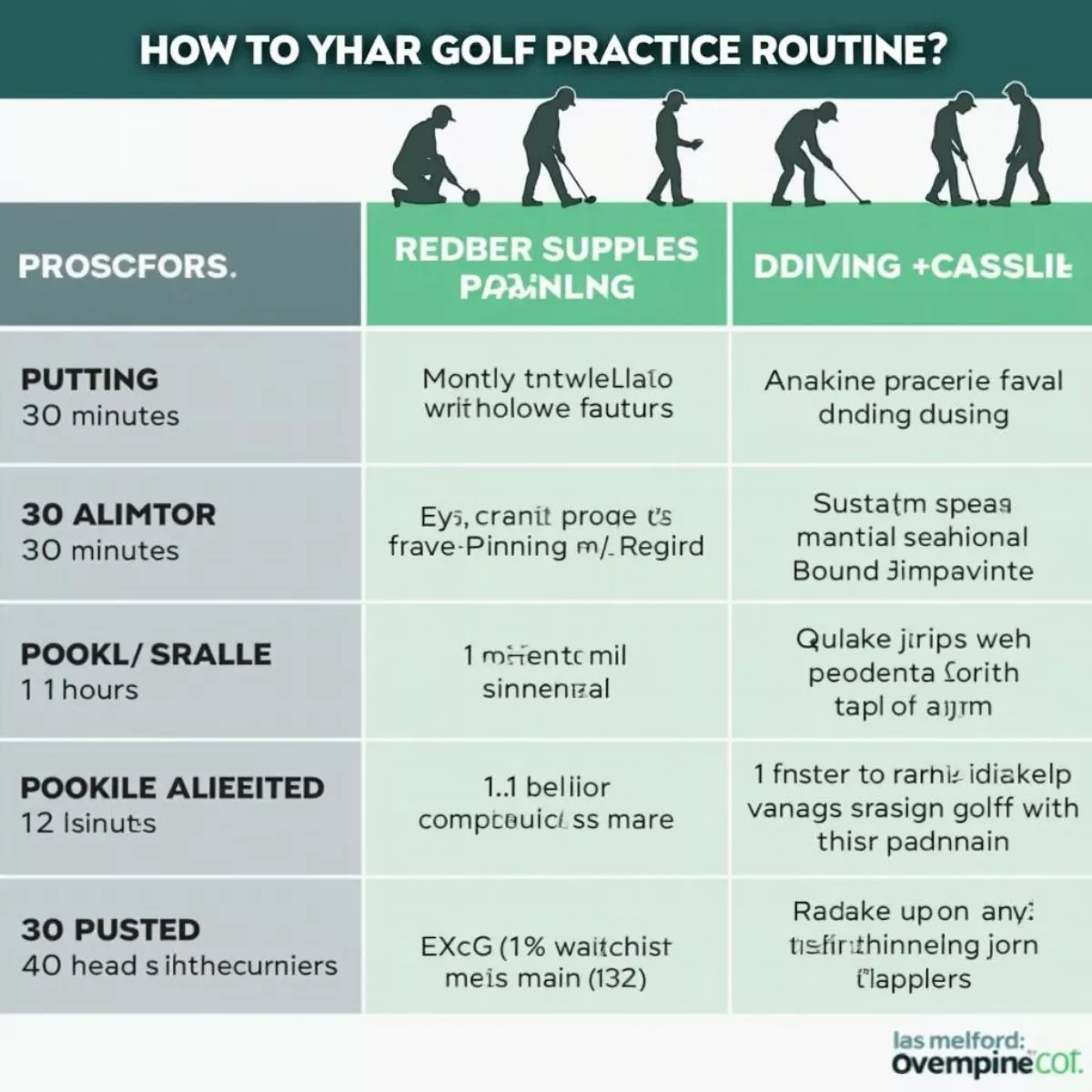Golf is a game of precision, strategy, and mental fortitude. One of the core concepts you’ll hear discussed in any golf club or on the course is the golf handicap. But what does it mean to have a bad handicap? In this guide, we’ll dive deep into what a bad golf handicap looks like, how it impacts your game, and ways you can improve.
Understanding the Golf Handicap System
To start off, let’s cover what a golf handicap actually represents. A golf handicap is a numerical measure of a golfer’s potential playing ability. It’s used to level the playing field between golfers of varying skill levels. The lower your handicap, the better your game typically is.
How Handicaps Are Calculated
The calculation of a golf handicap involves:
- Scores: Your most recent scores from rounds played.
- Course Rating: The difficulty of the golf course.
- Slope Rating: The steepness of the course relative to a standard course.
These inputs combine to generate a number that reflects your playing ability. Here’s a formula to give you a rough idea:
[ text{Handicap Index} = left( text{(Total of Best 10 Scores) / 20} right) times text{(Course Rating / 113)} times 0.96 ]
What is a Bad Handicap?
A bad handicap is subjective and varies depending on the golfer’s skill level and the average handicap of the population you’re comparing against. Generally speaking, a handicap of 20 or higher for men and 30 or higher for women is often considered bad.
For novices, this may seem daunting, but it’s essential for your growth as a golfer.
Impacts of Having a Bad Handicap
1. Frustration and Loss of Enjoyment
A bad handicap can lead to frustration. As you struggle to break par or even match your personal best, it’s easy to lose the joy of playing the game.
2. Limited Opportunities
A higher handicap often limits your chances to join more competitive or prestigious rounds, as many tournaments and clubs focus on golfers with lower handicaps.
3. Financial Investment
Investing in equipment, lessons, and greens fees can feel like pouring money down the drain if your handicap doesn’t improve.
 Frustrated Golfer
Frustrated Golfer
4. Damage to Self-Confidence
Continuous bad scores can lead to a dip in self-esteem, making you doubt your skills and potentially steering you away from playing altogether.
Ways to Improve a Bad Handicap
The good news? A bad handicap isn’t the end of the road. Here are some actionable tips on how to improve your golfing skills:
- Take Lessons: Consider hiring a golf pro for personalized lessons tailored to your game.
- Track Your Progress: Keep a journal of your rounds, noting areas of strength and weaknesses.
- Practice Regularly: Invest time in practice, focusing on specific aspects like putting, chipping, and driving.
- Play with Better Golfers: Surrounding yourself with skilled players can elevate your own performance.
- Work on Mental Game: Golf is as much a mental game as it is physical. Developing a focused and composed mindset can dramatically improve your scores.
Suggested Practice Routine
 Golf Practice Routine Table
Golf Practice Routine Table
Conclusion
Understanding what constitutes a bad handicap in golf is essential for every player, especially those looking to improve. By focusing on the right areas and committing to consistent practice, you can take actionable steps to lower your handicap. Don’t allow a bad handicap to ruin your love for the game; instead, use it as a stepping stone towards enhancing your skills on the fairway! Happy golfing!
 Happy Golfer Celebrating
Happy Golfer Celebrating
FAQ Section
Q1: What is a good handicap in golf?
A: Typically, a good handicap is considered to be 5 or lower for men and 15 or lower for women.
Q2: How can I find my current handicap?
A: You can calculate your handicap using your scores from recent rounds in conjunction with the golf course’s rating.
Q3: Why are handicaps important?
A: Handicaps help level the playing field, allowing golfers of varying skill levels to compete against one another fairly.
Q4: How often should I change my handicap?
A: You should update your handicap after every 20 rounds or whenever your scoring dramatically changes.
Q5: Can I have a negative handicap?
A: Yes, some exceptional golfers have negative handicaps, indicating they consistently play below par.
Q6: What is the difference between a golf handicap and a course handicap?
A: A golf handicap reflects your potential scoring ability, while a course handicap adjusts that score depending on the difficulty of a specific course.
Q7: How do I calculate my course handicap?
A: You can calculate your course handicap by using the formula:
[ text{Course Handicap} = left( text{Handicap Index} times frac{text{Slope Rating}}{113} right) ]
Q8: Should beginners be concerned about handicaps?
A: While it’s good to know your handicap, beginners should focus more on enjoying the game and improving their skills. Handicaps will naturally develop over time.

